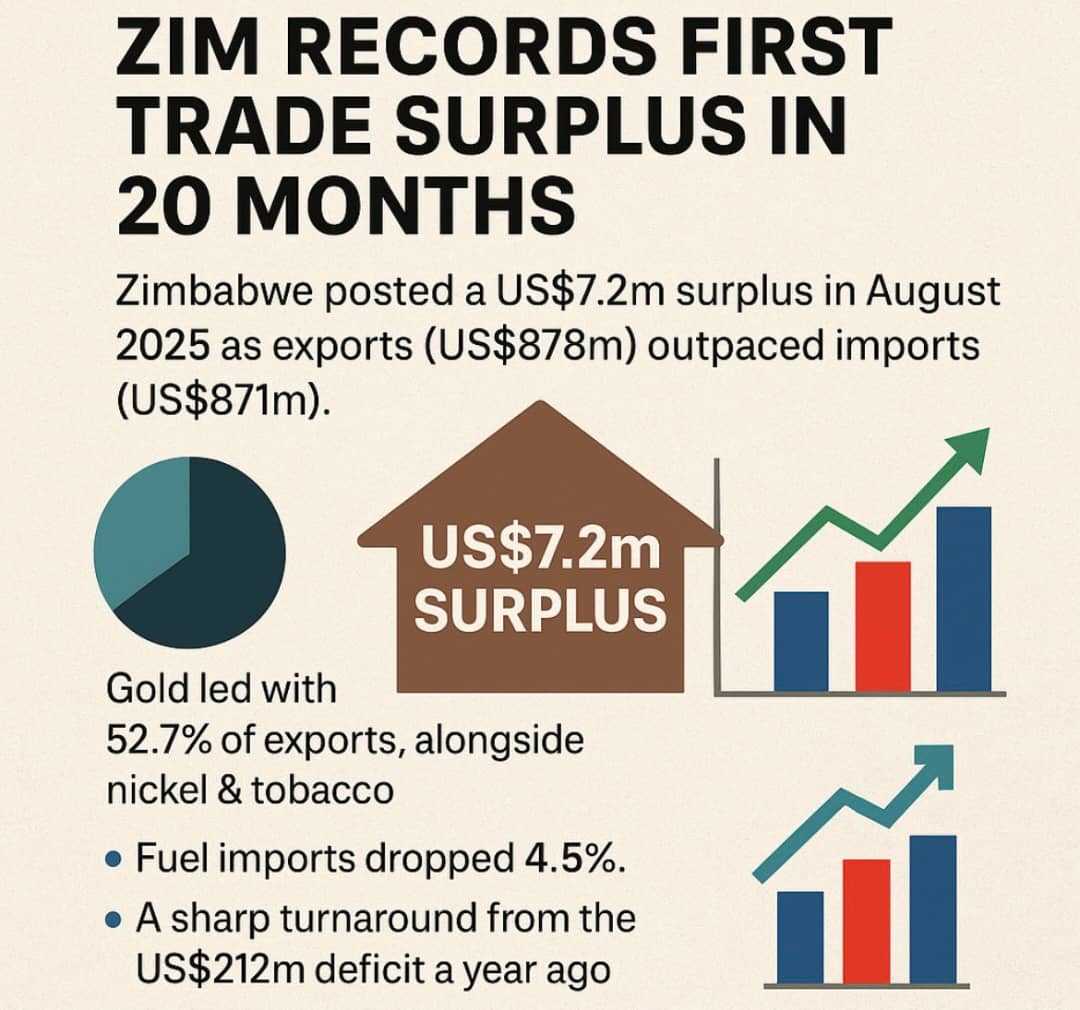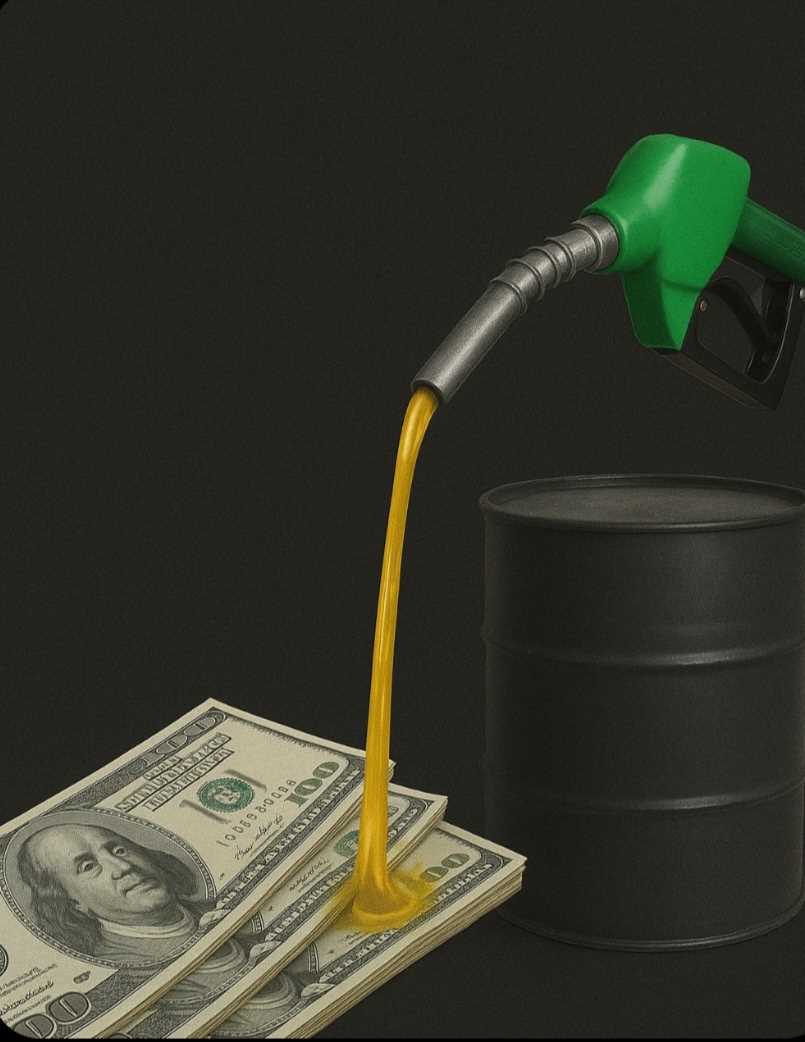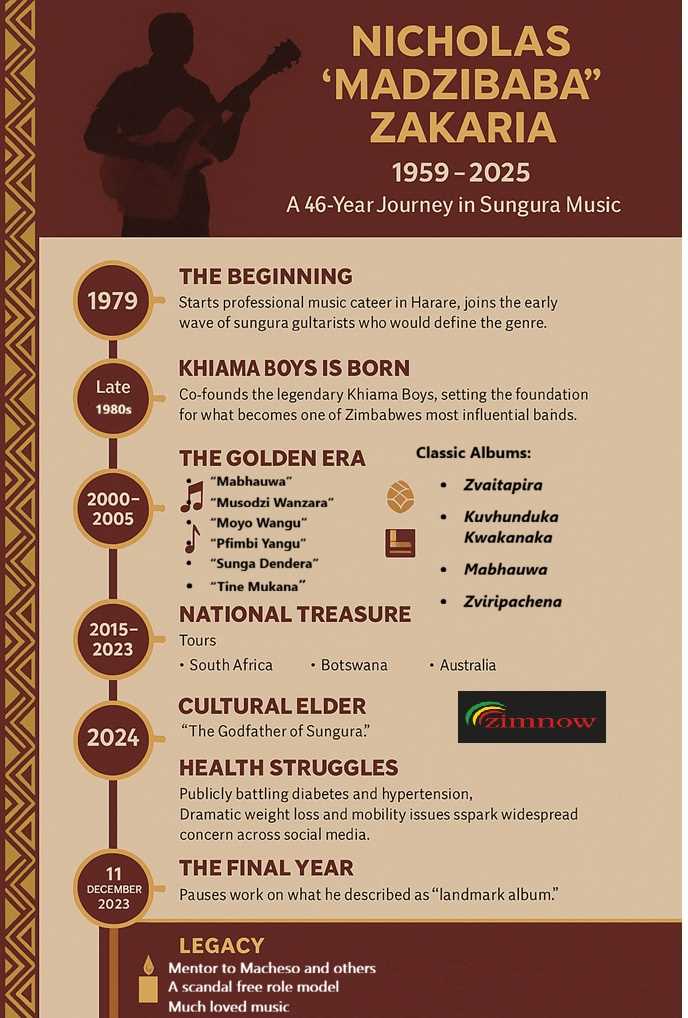
Zimbabwe has recorded a significant economic milestone, posting a US$7.2 million trade surplus in August 2025, marking the first time in 20 months that exports have outpaced imports, according to the latest data from the Zimbabwe National Statistics Agency.
This surplus represents a major turnaround from a persistent string of trade deficits, including a US$212 million deficit recorded in the same month a year ago. The positive performance is being hailed by economists as a strong signal of economic resilience, though caution remains over commodity dependence.
The positive trade balance was primarily driven by a substantial surge in export earnings, which climbed to US$878.16 million in August, a 30.3 percent expansion compared to the previous year. Imports, meanwhile, eased to US$871.14 million. Gold proved to be the single most crucial factor in achieving the surplus, accounting for 52.7 percent of the nation's total export earnings. This performance was boosted by soaring global gold prices, which rose approximately 38 percent between January and August 2025 to over US$3,600 per ounce, as investors sought the metal as a safe-haven asset.
Related Stories
“The numbers do not lie. Our export performance, particularly in the mining sector, has been nothing short of exceptional,” said economic analyst Mr. Tinevimbo Shava, noting the record-high international prices for key minerals. Other significant contributors to the export basket included nickel mattes (13.9 percent) and tobacco (8.1 percent).
On the import side, the nation managed to contain its spending, with inward bound shipments easing by 1.7 percent compared to the previous month. This decline was partially attributed to a drop in the value of imported mineral fuels and oils, which fell 4.5 percent compared to August 2024.
Economists are urging cautious optimism, stressing the vulnerability of the trade balance to volatile global commodity markets. Analyst Mr. Namatai Maeresera highlighted the critical need for diversification. “While we celebrate the performance of gold and platinum, this also underscores our continued heavy reliance on a few primary commodities,” he stated. “The long-term strategy must involve aggressive promotion of value-added exports and sectors like horticulture and manufacturing to build a more robust and shock-resistant trade structure.”
The US$7.2 million surplus signals a successful short-term strategy but places renewed focus on government efforts to foster broader, more diversified economic growth that can sustain the positive trend beyond the current commodity boom.




















Leave Comments